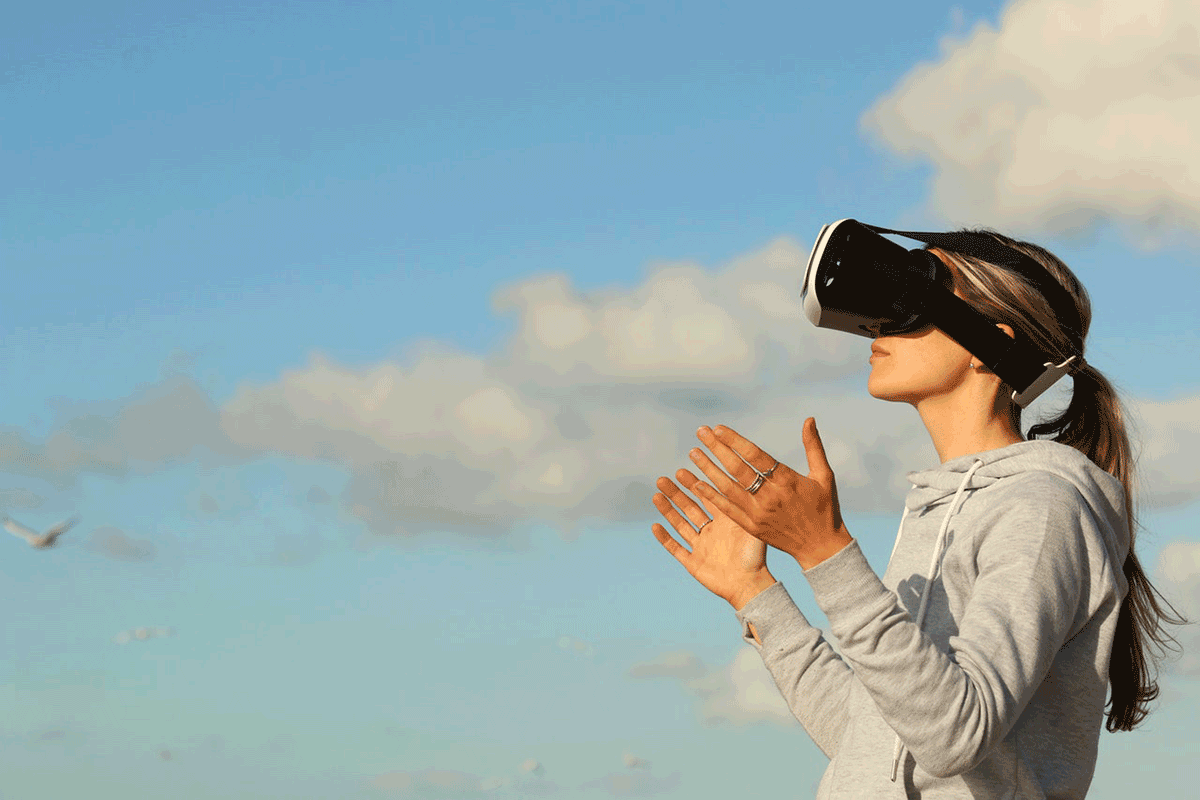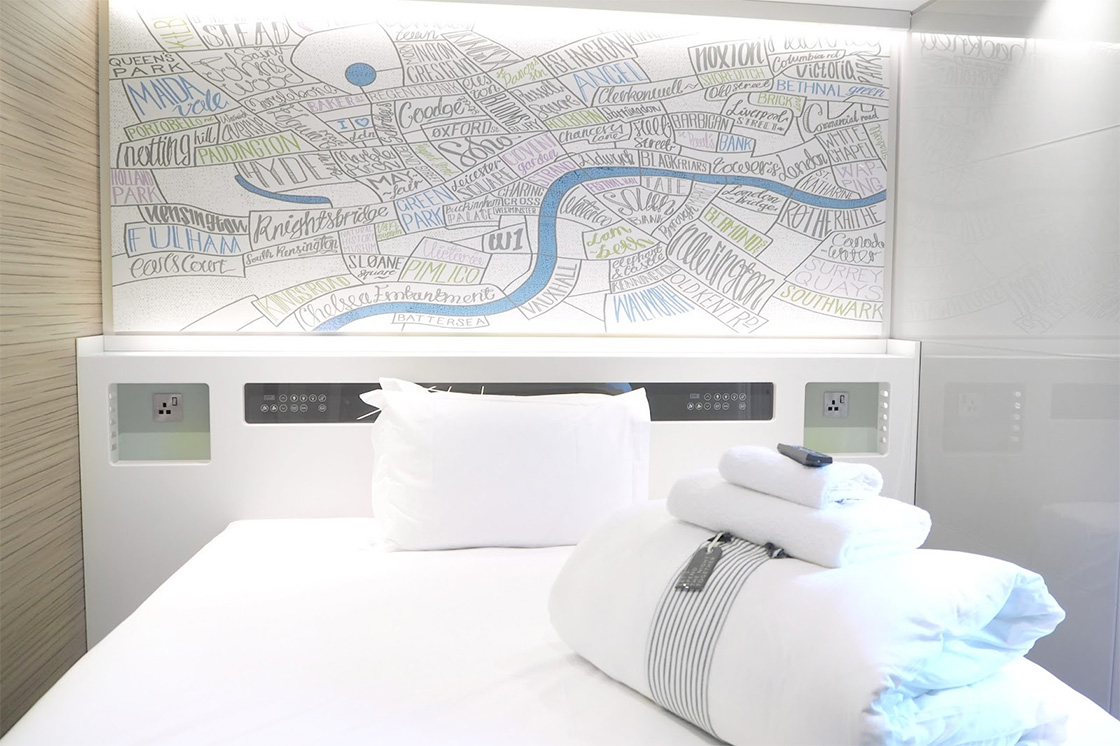
Augmented Reality (AR) in Tourism
09.04.2020
In today’s age of new and now, everyone wants to add something a bit extra. Especially with all the continuous advances in technology, particularly with our smartphones. This is why Augmented reality (AR) has seen a breakthrough in a variety of industries – and the travel industry is no exception. If you weren’t aware of how AR has already impacted travel, then look no further than the guide below.
What is Augmented Reality? How is it different from Virtual Reality?
Augmented Reality is a technology that produces an enhanced environment when being viewed through a particular device. While the description may seem similar to virtual reality, the two are not to be confused. Unlike virtual reality, AR does not replace the users real-world, but instead augments it, by overlaying digital components. One of the most notorious examples of AR is Pokemon Go.
When people used their phones against the real-world environment in order to find and catch pokemon across various locations. Additionally, this app has also inspired a wealth of different ideas for other businesses in the tourism industry to implement AR. For example, PAI Hotels created an app that displays objects throughout their sites, by collecting a certain number of them, guests can win awards.
Examples of Augmented Reality in Tourism
These days AR is mostly utilized via smartphones, and offers a lot of options when it comes to interactive experiences. For example, using an app to scan a building and being able to view all the things you can do there. Some hotels already use AR to help their guests find and discover local places of interest. For example, when viewed through a smartphone, guests can see wall maps to get extra information about local hotspots. Likewise, you can imagine this is not only good for tourists but also for businesses. Helping the businesses using it to stand out, and helps tourists to explore more, without getting lost or missing important details.
Transportation
Imagine you’ve just arrived and head to your chosen method of transportation. You’re excited to start your trip. But you’re in an unfamiliar place and don’t speak the language. With AR you can easily turn the cities’ maps into interactive guides in your chosen language! Suddenly you’re Magellan! You’ll know the lay of the land and be ready to go! New York has already enabled an app called “Tunnel Vision” for its subway system.
Hotels & Accommodations
You’ve reached your hotel and think what to do next. Imagine being able to scan the hotel brochures to discover local hotspots. Like other people, we all prefer visual information vs reading a standard pamphlet. Some hotels have already started doing this. For example, Hub Hotel in London placed interactive wall maps in every room, where guests can do just that. Guests are able to conveniently discover and learn about local attractions without even leaving their bed. Additionally, Marriott Hotels recently created a hotel app that allows guests to view interactive ads in their magazines.

Restaurants
Now that you’ve settled in, you’re probably a bit hungry. Did you know that some restaurants are also using AR? Some restaurants are now utilizing the Kabaq app (not to be mixed with kebab). An app that displays interactive menus and allows guests to view each dish, its correct portion size, and ingredients within a 360-degree view. If you’re a picky eater this should help narrow down your choices. You can spend less time wondering what you’ll be getting, and more time eating and enjoying it?
Attractions
Now that your belly’s full, you’ll probably want to start exploring. Whether it’s to help you navigate or for educational and entertainment purposes, many attractions are now also using AR. A great example of this is how The Smithsonian’s Skin and Bones app. This app allows you to see live representations of extinct animals, by scanning the skeletons in their natural history museum. Finally, remember how you can scan things to get more information? Many buildings and historical sites have also enabled this. So you can know what’s inside without wasting time on deciding where to go next.
To summarize it’s clear that AR has already impacted travel and tourism in a big way, for tourists as well as businesses. Helping businesses using it to stand out, and tourists to explore more, without getting lost or missing important details. What do you think about it, and what cool examples have you seen?
MORE POSTS



